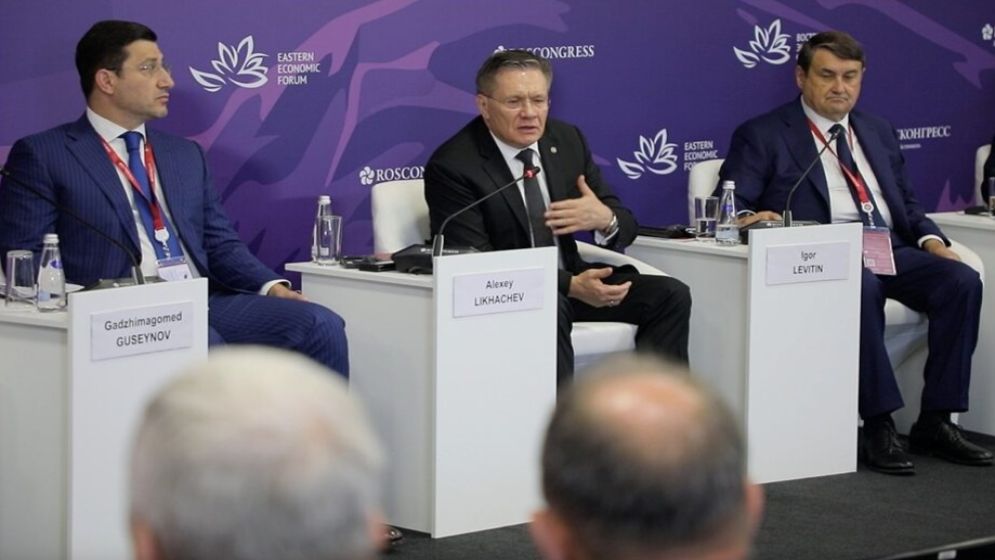Rosatom plans to make the North Sea route truly international

The 9th Eastern Economic Forum (EEF 2024) has wrapped up in Vladivostok, Russia, drawing representatives from 40 nations. Notable attendees included Russian President Vladimir Putin, Chinese Vice President Han Zheng, and Malaysian Prime Minister Anwar Ibrahim.
A key highlight of the business program was a session titled “The Northern Sea Route and its Logistics Potential,” led by Alexey Likhachev, Director General of Rosatom.
Likhachev emphasized ongoing efforts to enhance the Northern Sea Route (NSR) as a key international transport corridor.
"We still have significant work ahead to make the NSR a truly attractive, comfortable, and safe international transport route. Our vision is to develop it as a major corridor linking our northwestern ports, including Kaliningrad and St. Petersburg, with the Far Eastern ports of Vladivostok and Sakhalin,” Likhachev stated
“One of our strategic objectives is to establish the NSR as an effective transport artery connecting Europe, Russia, and the Asia-Pacific region,” he added.
-66df1d3ac3316.png)
He also highlighted progress on a federal
project aimed at developing the "Great" Northern Sea Route—a
transport corridor extending from St. Petersburg and Kaliningrad to
Vladivostok. Additionally, Likhachev noted that nuclear icebreakers are now operating
along the route during the summer months.
Since 2018, Rosatom has been tasked by the Russian Government with overseeing the development of the NSR infrastructure.
The route, approximately 5,600 kilometers long, is the shortest shipping link between Eurasia and the Asia-Pacific region, running entirely within Russia's exclusive economic zone and Arctic waters. It features six major seaports along its path.
The NSR offers a significant reduction in travel distance compared to traditional routes. For instance, the journey from Murmansk, Russia, to Yokohama, Japan, is 12,840 nautical miles via the Suez Canal but only 5,770 nautical miles via the Northern Sea Route.
This shorter distance not only promises reduced transit times but also potential savings on emission costs.
—

